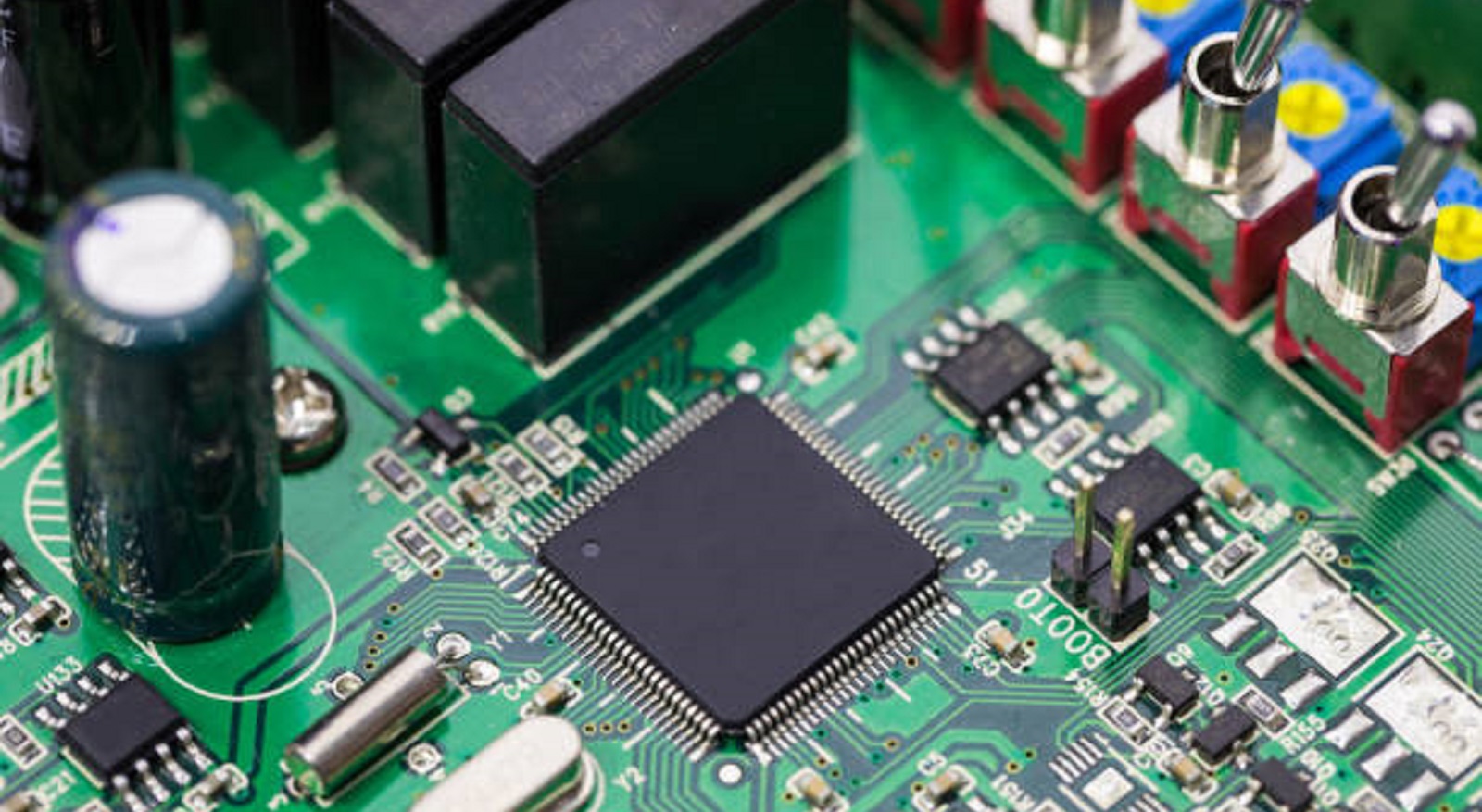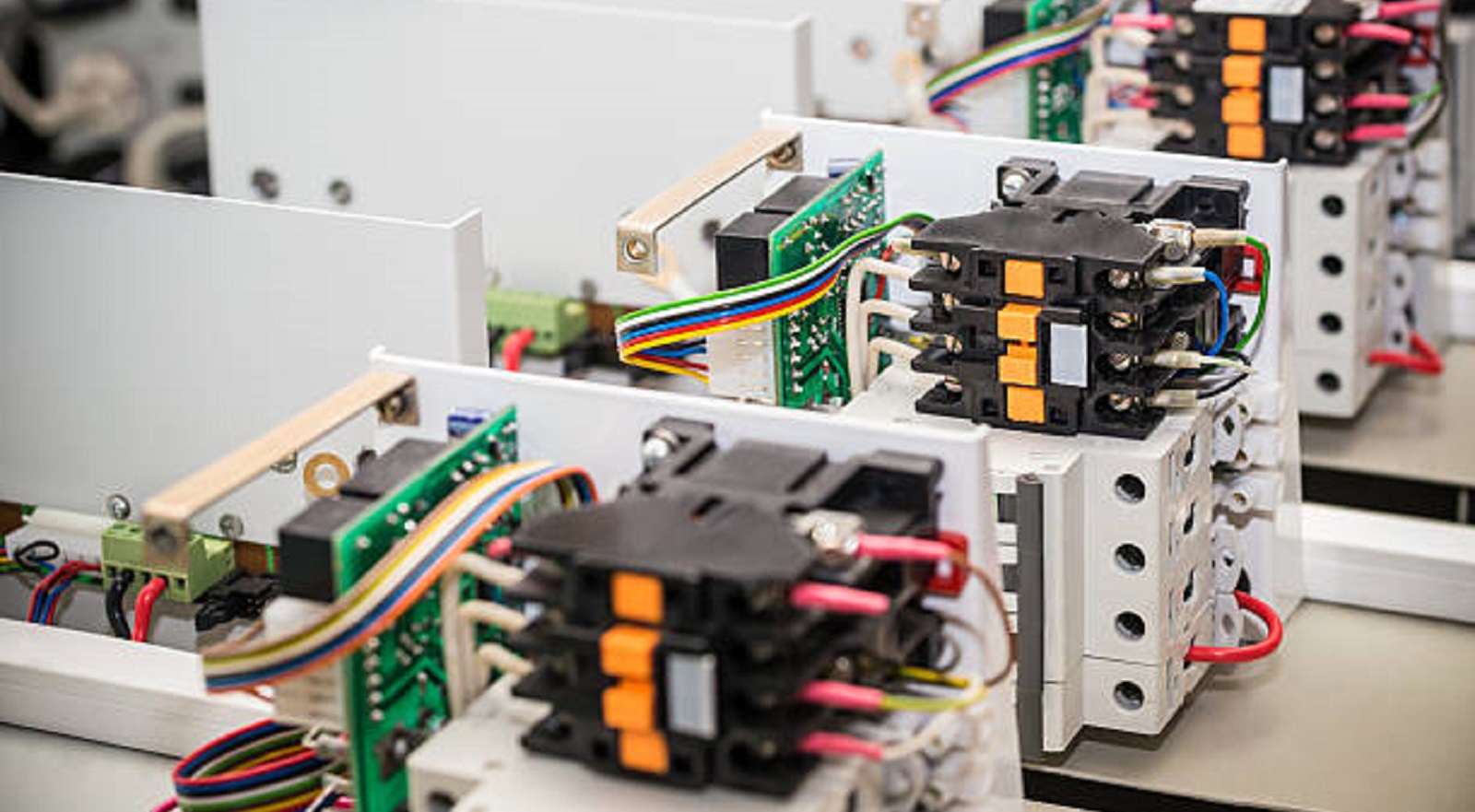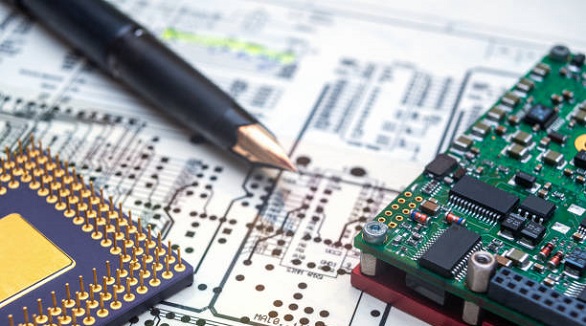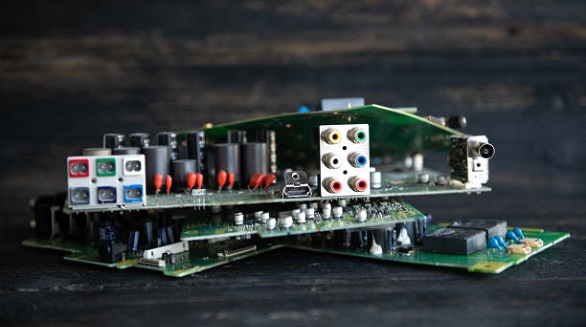What is a Current Limit Control Circuit?
Current limit control circuits protect devices from overcurrent, enhance reliability, and ensure safety by using methods like sensing and adjustable regulation.
In the era of sophisticated electronic devices, an overcurrent limit control circuit is a key protection device, which gives the reliability and protection of power supplies, battery chargers, motor drives, and many other applications. In this article, an overview of the methods for current limiting, design considerations, and example circuits that allow adjustable current protection to prevent damage and hazardous conditions are presented.
What is Current Limiting?
Current limiting involves a variety of techniques used to restrict the input or output current of a power supply or circuit to less than a given maximum value. Current limiting is required because of several operation constraints:

Protection from Overcurrent Destruction: Protects circuits from shorts, inrush currents, or faults that can cause immediate destruction.
Safety Protection: Prevents current to flow within unsafe amounts, thus averting overheating, fire, or explosion.
Continued Operation Under Stress: Allows the systems to operate at reduced levels when they are in overload states.
Improved System Reliability: Enhances the general system safety and life.
Current limiting is achieved through the continuous monitoring of the current flow and active control of the same so that it remains below desired levels.
Methods of Current Limiting
Current limiting may be achieved by various methods, each having its own different mechanism and practical application:
Power Supply Current Limiting: The most straightforward technique, using an on-board current-sensing resistor to monitor output current. A feedback loop then controls output if the current is greater than a predetermined limit.
Current Sensing by Pass Element: Utilizes a pass element like a transistor to regulate current sensing, along with a sensing resistor or amplifier to monitor current. The feedback circuit adjusts the pass element to maintain current levels.
Foldback Current Limiting: Reduces output voltage in the event of increasing load, providing constant current over a broad range of voltages to prevent thermal runaway.
Electronic Current Limiting: Solid-state device-based high-response circuits using op-amps, comparators, or MOSFETs that offer adjustable fine-tuning and multiple threshold levels.
Current Limit Circuit Design Considerations
Successful current limit control circuit design requires close attention to the following crucial parameters:
Current Limit Levels: Set peak current for normal loads, current to sustain overloads.
Load Characteristics: Understand steady, inrush, and transient currents of various loads.
Response Time: Supply fast limiting response with minimal false triggers.
Overload Thresholds: Set voltage/current thresholds for triggering limit events.
Power Dissipation: Regulate heat in sensing devices and pass devices.
Protection Coordination: Coordinate protection with other limiting protection components like fuses.
Monitoring and Status: Supply indicators for diagnostics and system monitoring.
Operational Modes and Environmental Concerns: Implement flexible modes and offer circuit ruggedness versus environmental conditions.
These considerations affect circuit topology, dictate component selection, and inform the firmware.
Example Current Limit Control Circuits
Some actual current limit circuits are:
Simple Current Limiting for DC Power Supply: Utilizing a low-side pass transistor to regulate resistance and a sense resistor to measure current.
Dual-Threshold Current Limiting: Offers power and fault current limiting with temporarily elevated thresholds in surge conditions.
Precision Programmable Current Limiting: Imploys microcontroller-regulated DAC and closed-loop feedback to dynamically adjust MOSFET driven current thresholds, making intelligent, programmable limiting possible.
Realizing Adjustable Current Limiting
Current limit adjustability is beneficial in multipurpose applications and can be implemented through:
Variable or Digital Potentiometers: For sense resistor or reference voltage adjustment.
External Adjustable Voltage Sources: For reference level adjustments.
User Interfaces: For intuitive adjustment through microcontroller or PLC interfaces.
Enhancing Accuracy of Current Limiting
For enhanced accuracy, designers can:
Use Precision Sense Resistors: With low-temperature coefficients and close tolerances.
Use Input Filtering: For reducing noise interference.
Use Chopper Stabilization and Calibration: To counter offset and drift.
Use Multiple Sense Elements and Feed Forward Compensation: To dynamically correct based on load-dependent voltage drops.
Applications of Current Limit Control Circuits
Current limit circuits are applied in the following applications:
Switch Mode Power Supplies and Battery Chargers: To regulate peak currents.
LED Drivers and Motor Drives: To prevent overcurrent conditions.
Audio Amplifiers and Electroplating Systems: For precise control over output conditions.

Modern limit control circuits are an indispensable aspect of modern day electronics, providing essential protection and stability for a vast array of applications. Ideal design depends on juggling precision, response speed, and strength against price and regulatory demands. Through developments in technology, conventional linear circuits and modern digitally controlled configurations both pose strong candidates for implementing programmable, multi-modal, and smart current limiting functionality.
Hot Tags:
Contact us

If you can't find what you're looking for, please contact us.
Article

Reduce PCB noise for reliable analog signals with organized design, strategic layout, component selection, and targeted noise management techniques to enhance performance.

PCB design demands precision, using subcircuits for optimized layout, managing thermal concerns, and minimizing signal paths to ensure performance and manufacturability.

Remote control circuits enable convenient, wireless device management using transmitters and receivers, with versatile applications in electronics and automation.